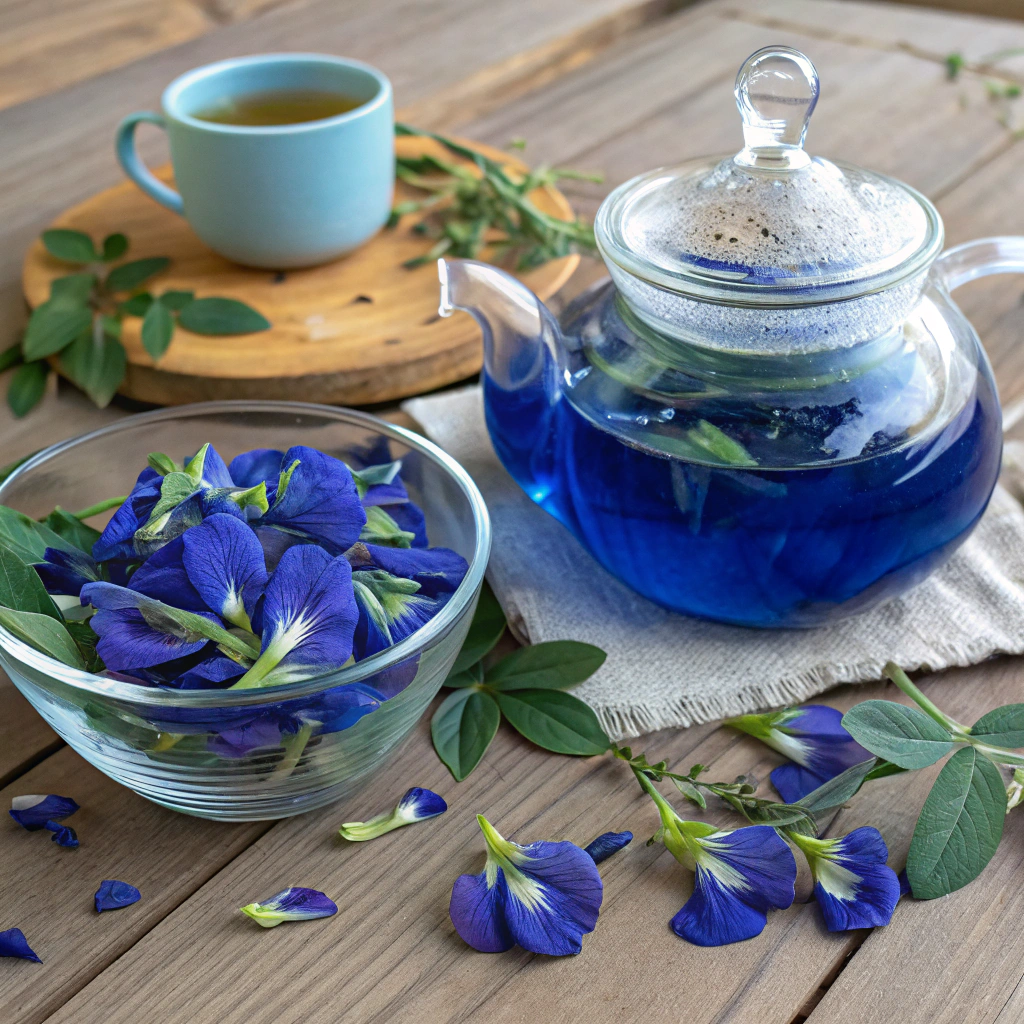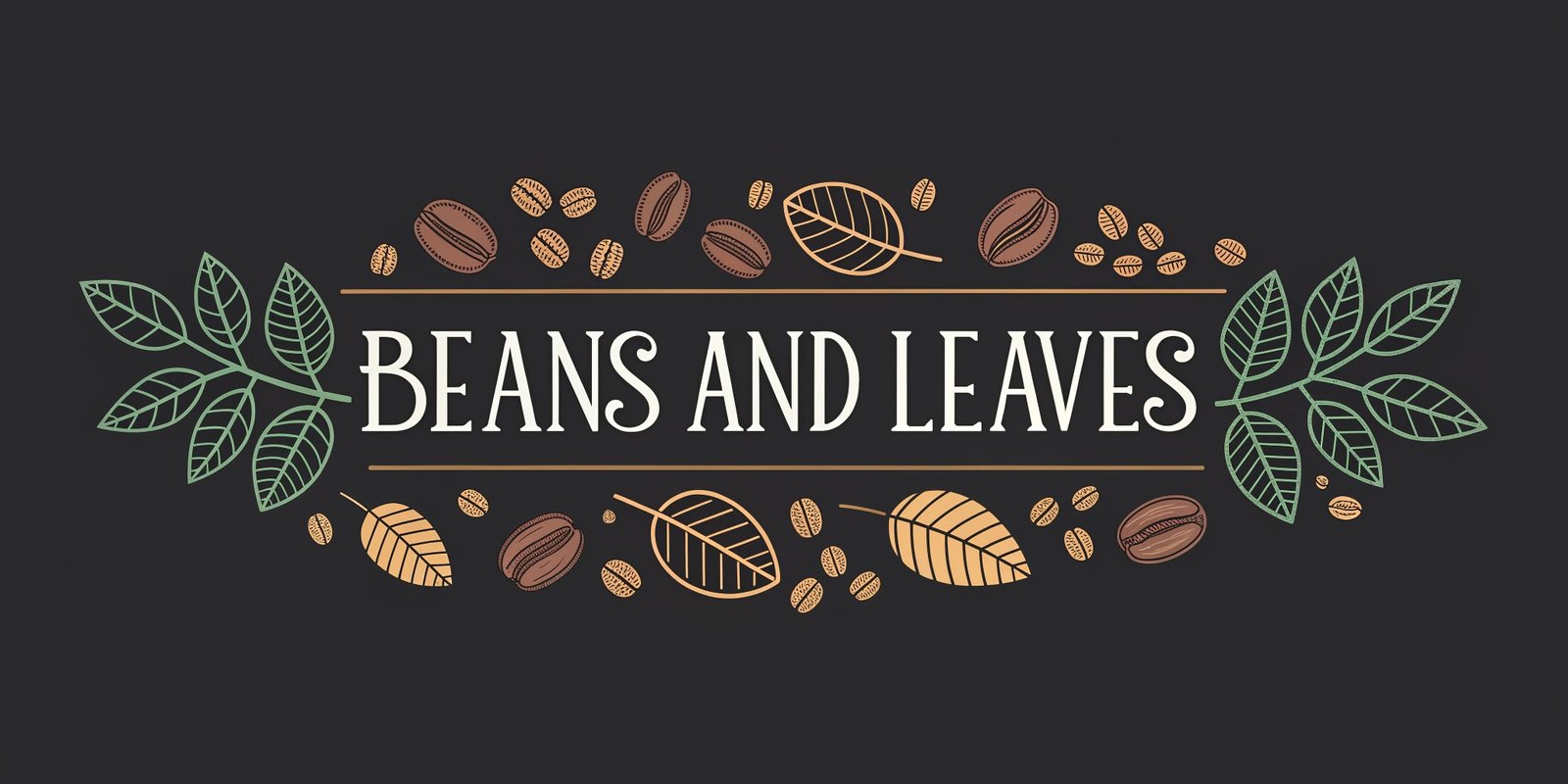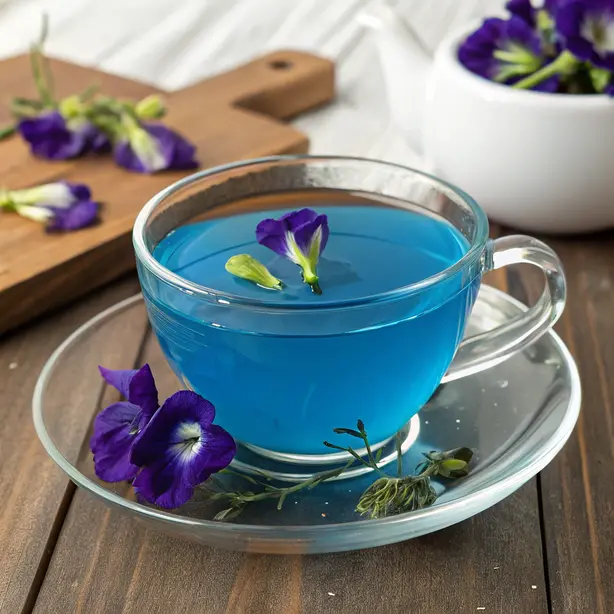Introduction
Did you know there's a tea that turns blue and changes color right before your eyes? This unique beverage is none other than the intriguing butterfly pea flower tea, a naturally vibrant brew derived from the petals of the Clitoria ternatea plant. This incredible tea not only captivates with its stunning hue but also boasts a plethora of health benefits. Historically used in Ayurvedic practices, butterfly pea flower tea is gaining popularity among tea enthusiasts and health-conscious individuals alike. Ready to embark on this colorful tea journey?
Ingredient List
To prepare a mesmerizing cup of butterfly pea flower tea, you will need the following ingredients:
- 1 cup of water
- 1-2 teaspoons of dried butterfly pea flowers
- Optional: Honey, lemon, or mint for flavor enhancements
Substitutions:
- Replace dried butterfly pea flowers with butterfly pea flower tea bags if preferred.
- Utilize sweeteners like agave nectar or stevia as alternatives to honey.

Time
Brewing butterfly pea flower tea is a delightful and swift process. The total preparation and brewing time is approximately 6 minutes—about 20% less than the time needed for the average herbal infusion.
Step-by-Step Instructions
Step 1: Boil the Water
Bring 1 cup of water to a rapid boil. Using filtered water can enhance the clarity and taste of your tea.
Step 2: Steep the Flowers
Add 1-2 teaspoons of dried butterfly pea flowers to the boiling water. Let them steep for 4-5 minutes until a deep blue color emerges. For a more intense blue, allow the flowers to steep longer.
Step 3: Enhance the Flavor
Strain the tea into a cup. You can add honey for sweetness or a slice of lemon to witness the magical color transformation from blue to purple. Mint leaves can introduce an inviting freshness.
Step 4: Serve and Enjoy
Sit back, sip, and enjoy your vibrant cup of butterfly pea flower tea. Relish the sensory experience and the soothing, earthy flavors.
Nutritional Information
Butterfly pea flower tea is a low-calorie beverage rich in antioxidants, specifically anthocyanins, which support cognitive function and provide anti-inflammatory properties. It's caffeine-free and often praised for its stress-relieving effects. For exact nutritional details, consult reliable nutritional data sources or a healthcare provider.
Common Mistakes to Avoid
-
Over-Steeping: While longer steeping can enhance the color, it may also intensify the bitterness. Keep the steeping time to a maximum of 10 minutes.
-
Using Too Much Tea: A common mistake is using excessive butterfly pea flowers, leading to astringency. Stick to recommended measurements for a balanced brew.
-
Ignoring Water Quality: Tap water with high mineral content can alter the tea's taste. Opt for filtered water whenever possible.
Recipe Storage Tips
To ensure the freshness of your blue tea, store the dried flowers in an airtight container in a cool, dark place. For brewed tea, refrigerate the remaining liquid in a sealed jar for up to 3 days for cold brewing or later enjoyment.
Conclusion
Exploring the world of butterfly pea flower tea offers a unique opportunity to enjoy a visually stunning and health-promoting beverage. With simple ingredients and quick preparation time, it's an experience worth brewing. Ready to try it for yourself? Share your experiences, and don't hesitate to explore other fascinating tea recipes on our site!
FAQ
Q1: Can I drink butterfly pea flower tea daily?
A: Yes, it's safe to enjoy daily, given its caffeine-free nature, but like all things, moderation is key.
Q2: Does butterfly pea flower tea have any side effects?
A: Generally, it's well-tolerated, but if you have allergies or are taking specific medications, consult a healthcare professional.
Q3: Can I use fresh butterfly pea flowers instead of dried ones?
A: Absolutely! Fresh flowers can be used, though they may alter the concentrate slightly.
Q4: Will adding lemon affect the tea's health benefits?
A: Adding lemon enhances the vitamin C content and adds flavor without detracting from the tea's benefits.






